Fall/Winter 2017
Paper pumps power portable microfluidics, biomedical devices
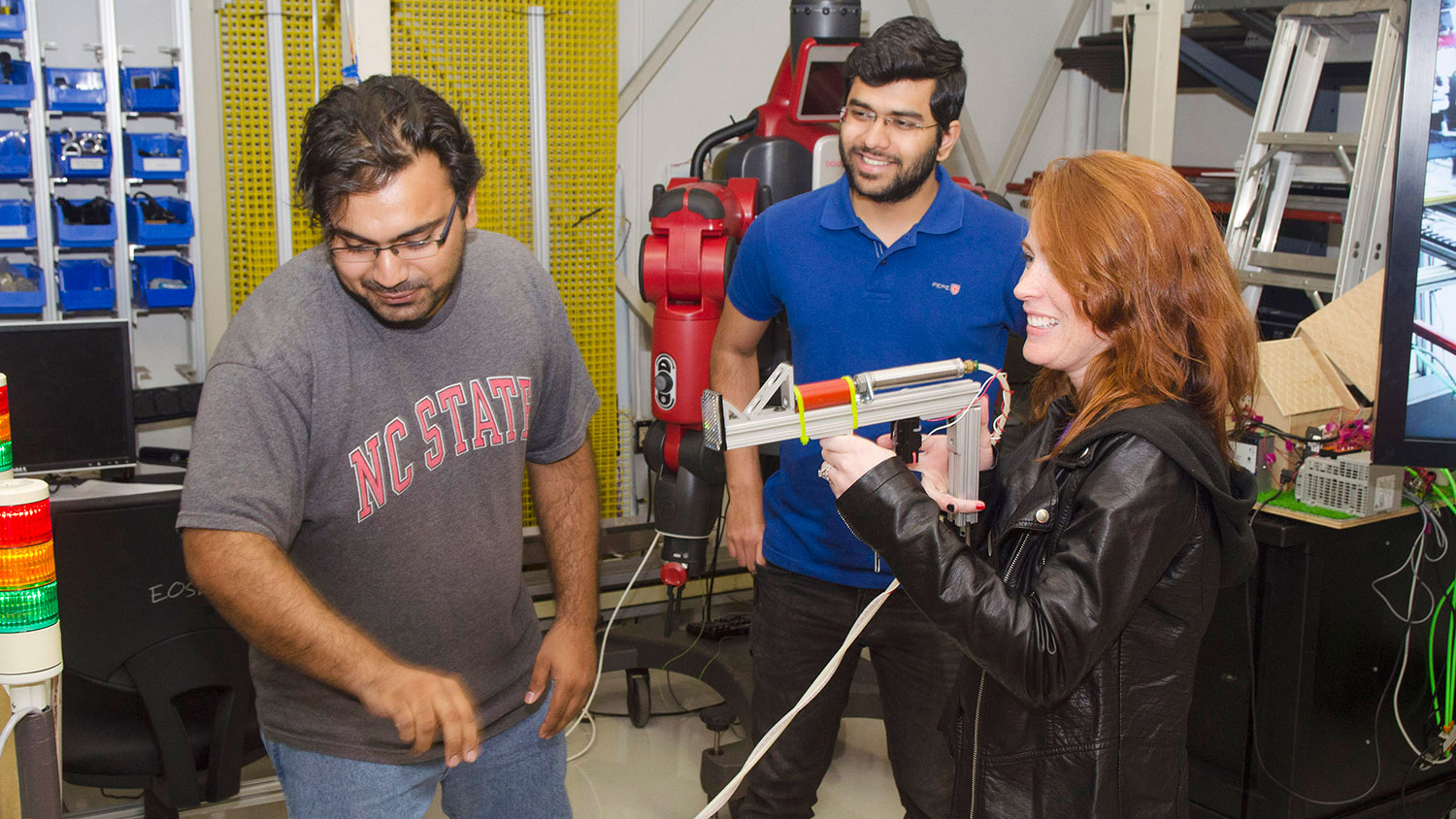
Alumna becomes finalist on “Mythbusters: The Search”
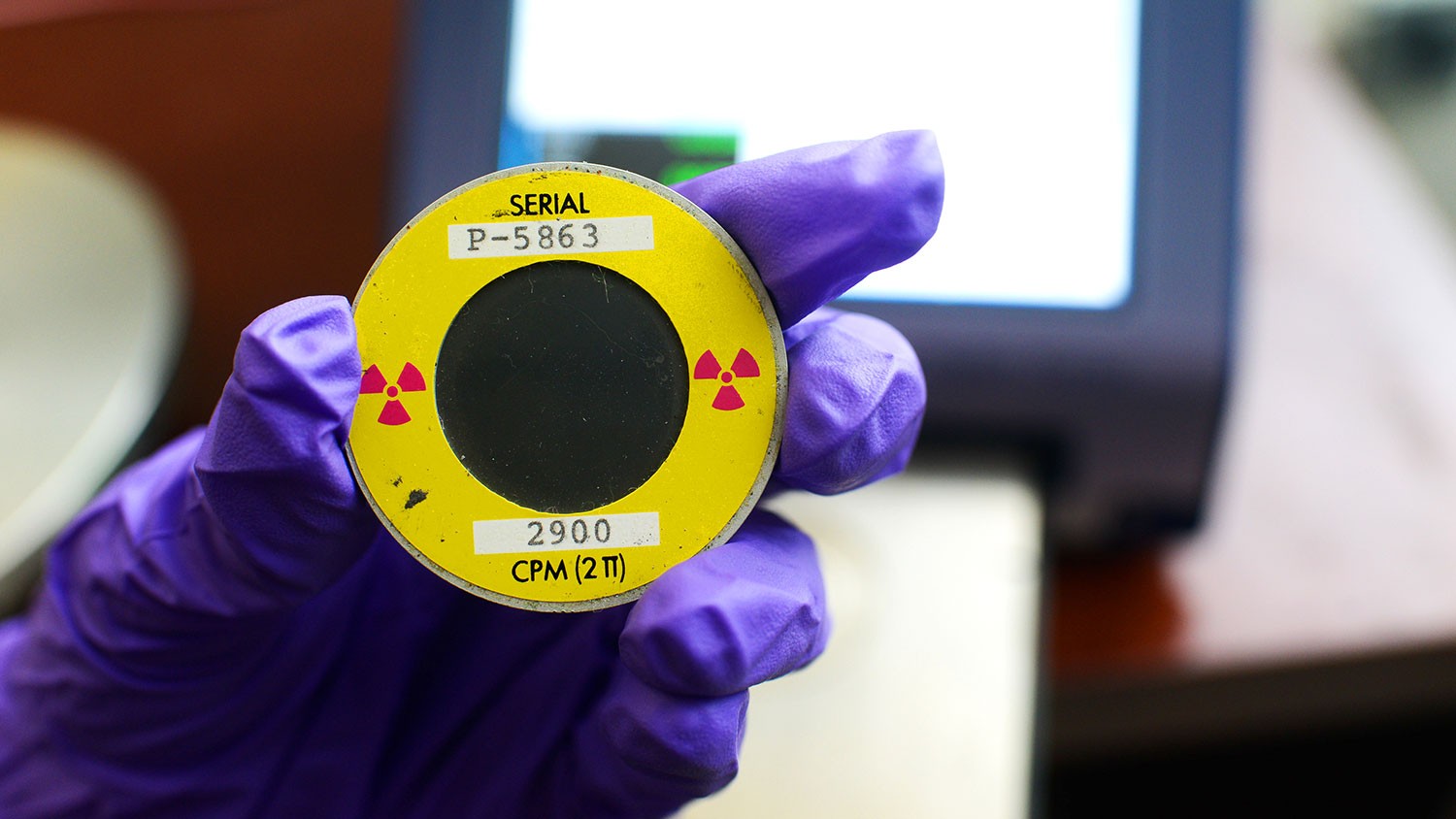
New technique ‘sees’ radioactive material even after it’s gone
Thin layers of water hold promise for the energy storage of the future

College of Engineering student teams place at annual LuLu eGames startup competition
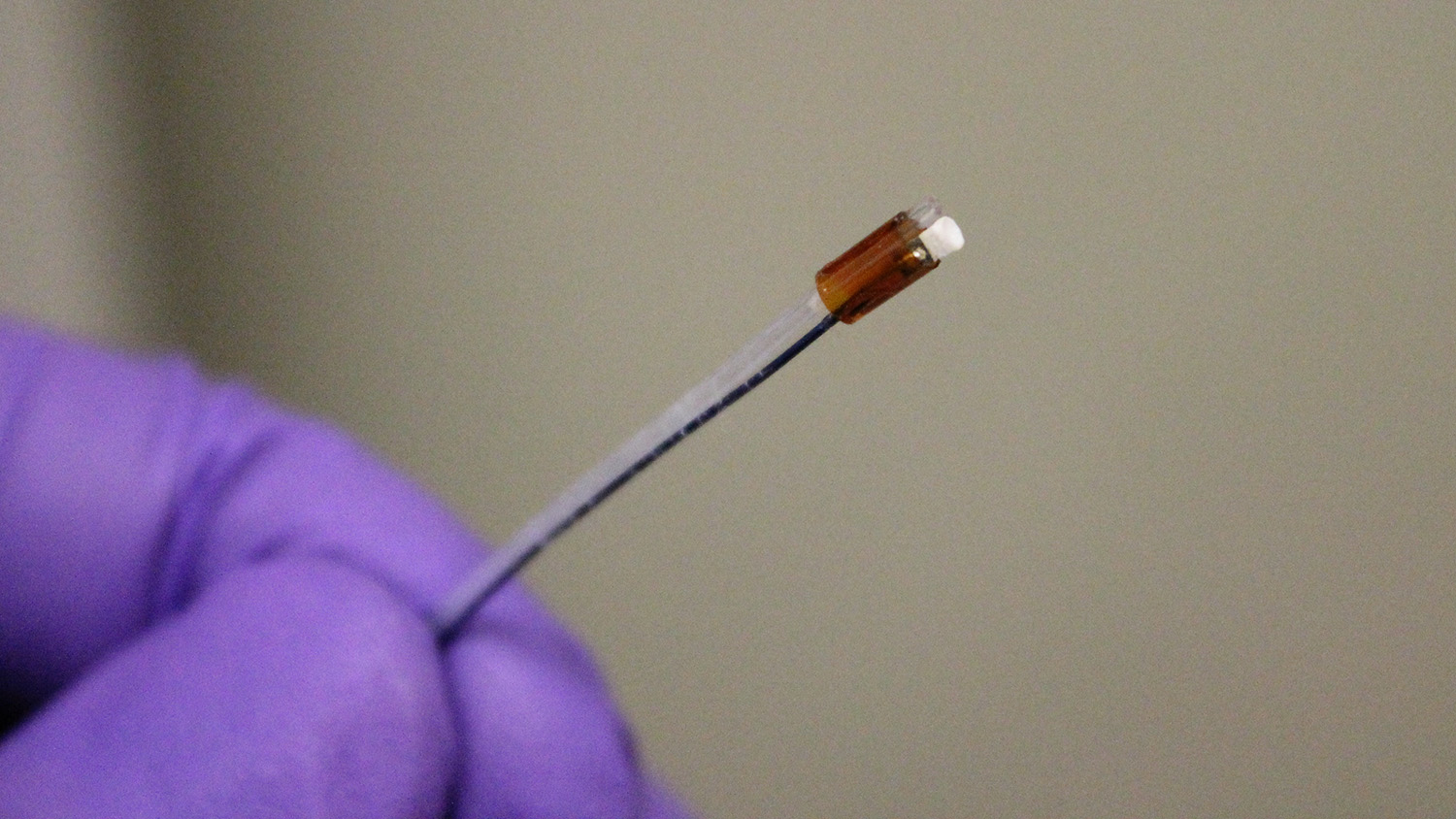
New ultrasound ‘drill’ targets deep vein blood clots
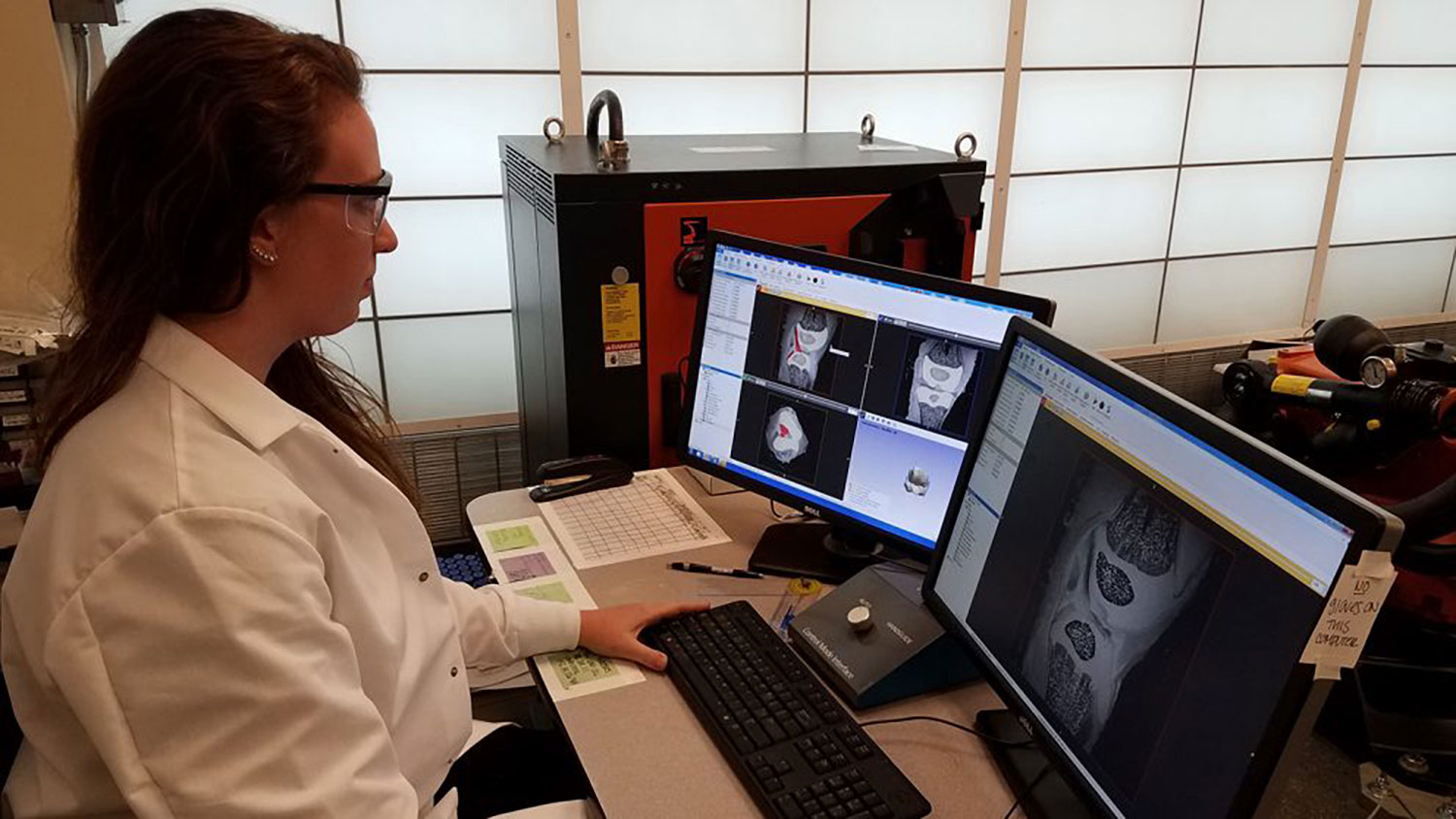
Pig model to help research on human knee growth, injury treatment
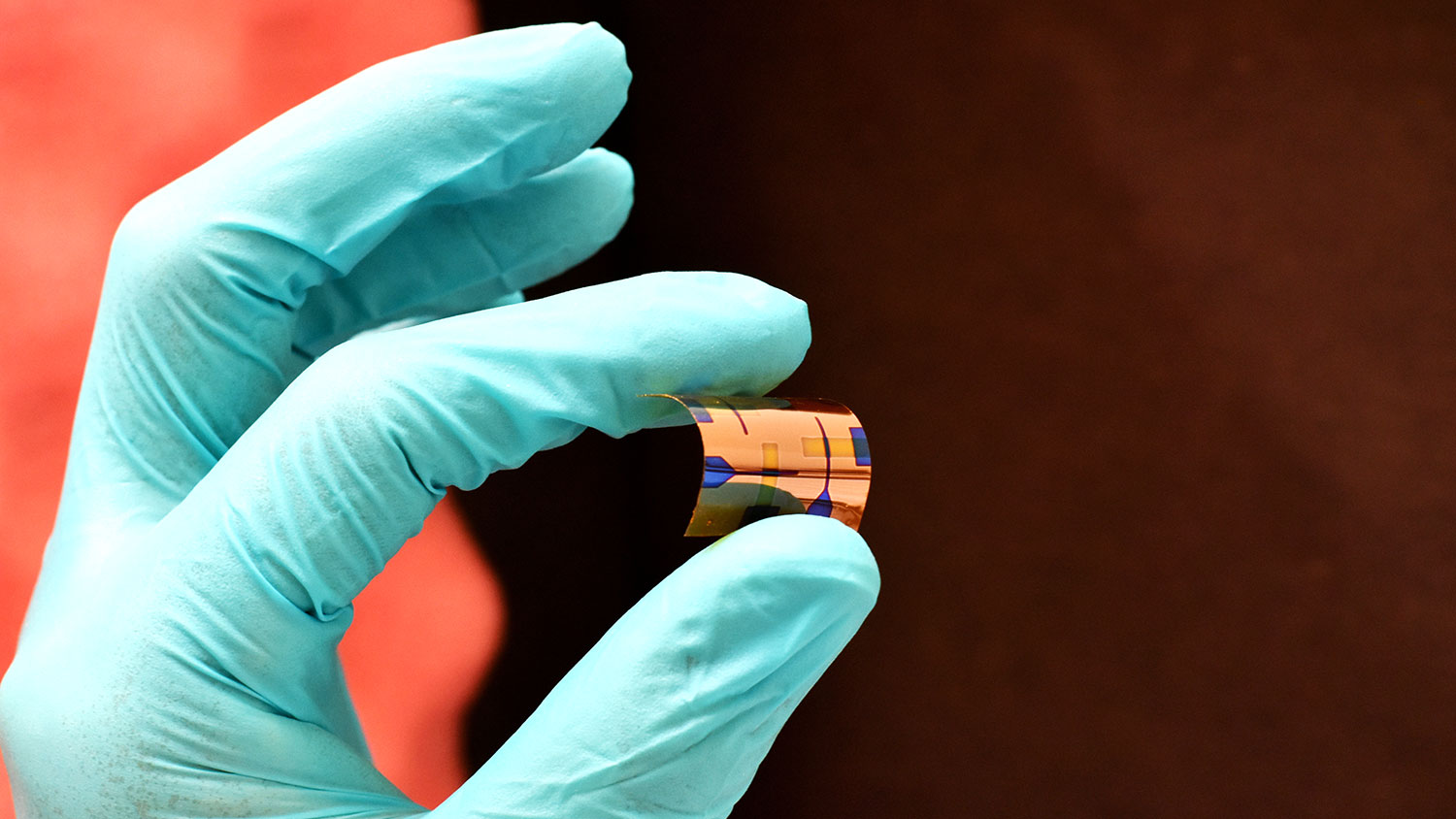
Researchers make the first flexible memory device using oxide ferroelectric material
